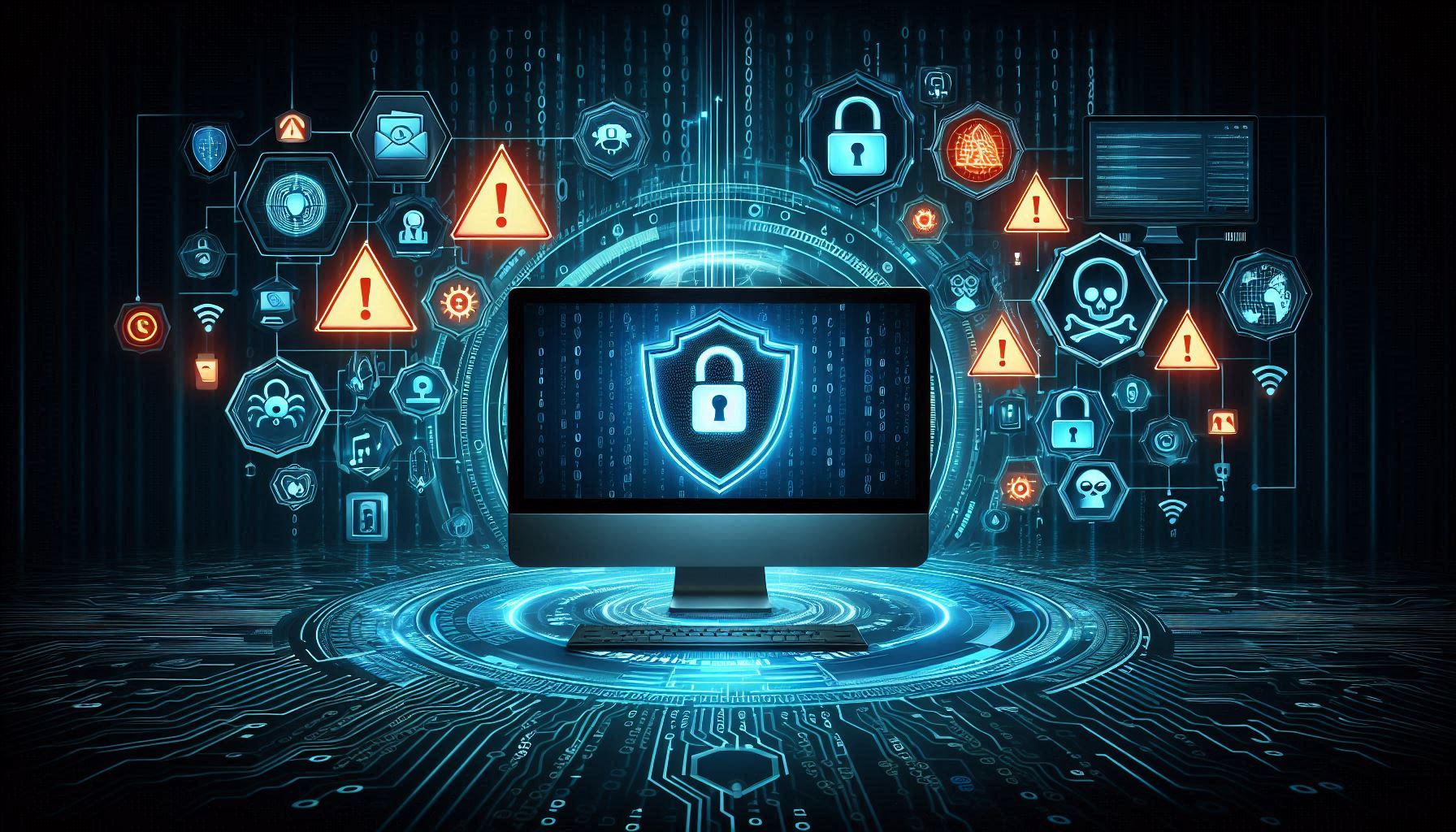With the increasing digitalization of our lives, cybersecurity threats have become more prevalent and sophisticated. Cybercriminals are constantly finding new ways to exploit vulnerabilities, making it crucial to stay informed about the most common dangers. In this post, we will explore the top cybersecurity threats in 2024 and provide actionable tips to safeguard your personal data and privacy.
1. Phishing Attacks
Phishing remains one of the most common cybersecurity threats. These attacks occur when cybercriminals send deceptive emails or messages pretending to be legitimate organizations, tricking users into revealing personal information like passwords or credit card numbers.
How to Protect Yourself:
- Be cautious of unsolicited emails, especially those requesting sensitive information.
- Verify the sender’s email address and avoid clicking on suspicious links.
- Use two-factor authentication (2FA) for an extra layer of security.
2. Ransomware
Ransomware attacks have become increasingly sophisticated, encrypting users’ data and demanding a ransom for its release. These attacks target individuals, businesses, and even healthcare systems, often leading to significant financial and data losses.
How to Protect Yourself:
- Regularly back up your data on an external drive or cloud storage.
- Keep your operating system and software updated with the latest security patches.
- Avoid downloading files from untrusted sources or opening suspicious attachments.
3. Malware
Malware is any malicious software designed to damage, disrupt, or gain unauthorized access to a computer system. It includes viruses, worms, Trojans, and spyware. Malware can compromise your privacy, steal personal data, or damage your device.
How to Protect Yourself:
- Install a reputable antivirus program and keep it up-to-date.
- Use firewalls to block unauthorized access.
- Avoid downloading pirated software or clicking on suspicious ads.
4. Data Breaches
Large-scale data breaches are becoming more common, with companies and organizations experiencing unauthorized access to sensitive information. Breaches can lead to identity theft, financial loss, and damage to personal privacy.
How to Protect Yourself:
- Use strong, unique passwords for different accounts and update them regularly.
- Enable two-factor authentication on critical accounts like email, banking, and social media.
- Monitor your accounts for unusual activity and consider using a password manager.
5. IoT Vulnerabilities
As the Internet of Things (IoT) continues to grow, so do the potential security risks. IoT devices such as smart home assistants, cameras, and wearables can be vulnerable to hacking if not properly secured.
How to Protect Yourself:
- Change default passwords on IoT devices and use strong, unique passwords.
- Regularly update the firmware of your IoT devices to patch security vulnerabilities.
- Consider isolating IoT devices on a separate network from your primary devices.
6. Social Engineering
Social engineering attacks exploit human psychology to trick victims into giving up confidential information. These attacks may involve impersonation, manipulation, or scare tactics, often using social media platforms or phone calls.
How to Protect Yourself:
- Be skeptical of unexpected calls or messages asking for personal information.
- Avoid oversharing details on social media that could be used against you.
- Always verify the identity of the person or organization before giving out sensitive data.
7. Cloud Security Risks
With more businesses and individuals storing data in the cloud, cloud security has become a top concern. Misconfigured cloud services can expose sensitive data to cybercriminals, leading to data breaches or loss of control over your files.
How to Protect Yourself:
- Use strong encryption methods to protect your cloud-stored data.
- Ensure your cloud provider offers security features like two-factor authentication.
- Regularly audit and update access controls to prevent unauthorized access.
Conclusion
The landscape of cybersecurity threats in 2024 is constantly evolving, but by staying informed and practicing good digital hygiene, you can significantly reduce the risk of falling victim to cyberattacks. Implement the tips mentioned above to protect your personal data and privacy, and always be on the lookout for new vulnerabilities. For more comprehensive information on the latest cybersecurity threats and how to protect yourself, visit the Cybersecurity & Infrastructure Security Agency (CISA) website for expert guidance.

